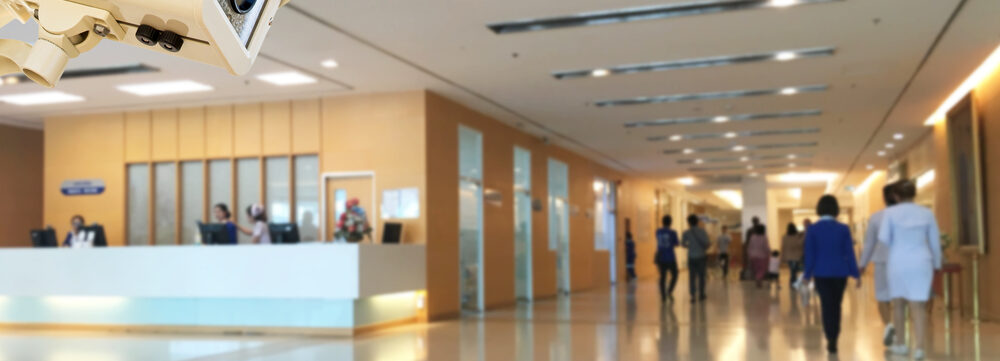Blog
Healthcare Design Strategies for Safety

In the ever-evolving landscape of healthcare, ensuring the safety of patients and staff within healthcare facilities is of paramount importance. With the right design strategies in place, healthcare settings can create an environment that promotes security, emergency preparedness, and overall well-being. Below are some key design strategies that enhance safety in healthcare environments and their positive impact on patient and staff experiences.
Clear Wayfinding Systems
Navigating through large healthcare facilities can be overwhelming for both patients and visitors. Implementing clear wayfinding systems, including informative signage and intuitive layouts, ensures that individuals can easily find their way around. Not only does this increase efficiency, but it also minimizes the risk of confusion and potential hazards.
Controlled Access Points
Controlled access points are crucial in maintaining a safe environment. Limiting unauthorized entry through measures like electronic key cards and ID badge systems offers protection against potential security breaches. These access controls also help track staff movements, contributing to better security management.
Robust Surveillance Technologies
The implementation of closed-circuit television (CCTV) cameras strategically placed throughout the facility enables continuous monitoring and surveillance. This surveillance technology acts as a deterrent to potential threats and helps identify and promptly address any security concerns. In a recent article published by HealthcareDesignMagizine.com, the authors had this advice:
Security cameras in waiting rooms and reception areas, along with an accessible duress button to use if circumstances escalate and a patient becomes aggravated, are key strategies to consider. Technological enhancements to ED entrances and registration areas can also provide an added level of security, including metal detectors and cameras in lobbies and behind the reception desk to allow for better awareness of surroundings.
Lockdown buttons are now a necessity to secure the front entrance if an aggressor is known to be coming or if there are additional aggravated visitors. Code-green buttons provide additional support by alerting security of any issues. Then safety personnel can quickly go to the cameras to see where help is needed and get people in or out. (source)
Sara Malin is a healthcare architect and principal at Wold Architects & Engineers (St. Paul, Minn.) and Andrew Jordan, a healthcare planner and principal at Wold Architects & Engineers (St. Paul). Original Article
Emergency Preparedness
In today’s unpredictable world, healthcare facilities must be prepared for emergencies and outbreaks. Creating designated zones for various emergency functions, such as triage, treatment, and quarantine, facilitates efficient and well-organized responses when crises occur. Additionally, smart technological integrations, such as automated emergency notifications and alarm systems, can significantly enhance response times.
Healing Spaces
Beyond safety measures, the design of healthcare facilities also plays a vital role in promoting healing for patients. Incorporating elements that reduce stress and anxiety include maximizing natural lighting, creating comfortable waiting areas, and integrating soothing colors and textures. Such features help to create a calming and positive environment that aids in the recovery process.
Healthcare Design Strategies for Safety
Design strategies that prioritize safety in healthcare campuses are integral to ensuring the well-being of patients and staff. By incorporating clear wayfinding systems, controlled access points, surveillance technologies, emergency preparedness measures, and healing spaces, healthcare facilities can create an environment that fosters security and supports positive healthcare experiences. These design strategies not only improve patient outcomes but also contribute to a happier and more motivated staff, resulting in an overall improvement in the quality of care provided. As healthcare continues to evolve, prioritizing safety in design will remain a constant and crucial consideration for the betterment of all those involved.
Check out: Redefining Healthcare Design: Virtual Visit Pods for the Modern Era and Illuminate Your Space: The Impact of Lighting Design in Interior Design







